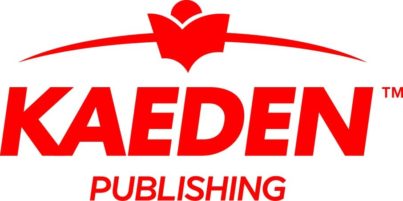Every facet of school operations is touched by the multitude of advantages that come with implementing a Student Information System (SIS), from better academic results to financial management.
Benefits to Administration
Student data management made easy: This is one of an SIS’s main benefits. Schools can quickly save, manage, and retrieve student information with an SIS. This lowers the possibility of data loss or errors and does away with the necessity for paper recordkeeping. Every student record—personal information, academic standing, and attendance included—is kept in a single database that is always available to authorized staff.
Effective registration and enrollment procedures: Manual handling of these procedures can be time-consuming and prone to mistakes. With the automation of these procedures made possible by a SIS, data entry is accurate and quick. In addition to saving time, this guarantees an accurate record of all student data right from the start. The system facilitates schools’ management of their admissions process by handling huge volumes of data quickly and accurately.
Grade input and attendance tracking are made easy for teachers using a SIS. Grades are computed automatically by the system, which also produces reports. By easing their administrative load, teachers are able to concentrate more on teaching and student engagement.
Reduced complexity in teacher, student, and parent communication: Good school-to-home communication is essential to learning. Integrating your schools’ messaging, email, and notifications are features of an SIS. These resources facilitate prompt and effective contact between parents, teachers, and students. Through the system, teachers can directly notify everyone of changes in student progress, upcoming events, or important announcements.
Benefits for Students
Academic records are centralized and easily accessible with a SIS, as is progress monitoring. Grades, assignments, and attendance records are all viewable from a single interface by teachers and students. Teachers can more successfully track student progress and students can remain on top of their academic obligations when there is openness.
Individualized learning experiences made possible by data analysis: Teachers can pinpoint each student’s unique talents and shortcomings by examining their data. Using data, teachers may customize learning opportunities to suit the requirements of every student. Every kid can have their own learning plan created to guarantee they get the help they need to achieve.
Curriculum planning and scheduling are integrated when a SIS is used to help arrange and match the two. Lesson plans, class schedules, and resource allocation are all done by teachers with efficiency. The system guarantees timely and well-organized achievement of instructional objectives, therefore enhancing general academic results.
Support for services related to academic advising and counseling: The SIS provides extensive student data for these education professionals. Among the information are behavioral reports, attendance records, and academic performance. Advisors and counselors can assure students stay on track both academically and personally by giving them access to this information.
Benefits to Student and Parent Engagement
Students’ and parents’ real-time information access: Students and parents may access grades, attendance, assignments, and other critical data in real time using an SIS. Students who are more accountable and engaged as a result of this openness stay on track academically.
Toolkits for teacher, parent, and student collaboration: The SIS’s integrated collaboration features help teachers, parents, and students communicate and work together. Good collaboration and support are made possible by tools like discussion boards, messaging, and document sharing.
Mechanisms for feedback collection for ongoing development: Many SISs have functionality for collecting parent and student feedback. By using this feedback, educational plans, initiatives, and services may be enhanced, and the school will be able to satisfy the demands of its community.
Raising general satisfaction and retention rates: An SIS raises parents’ and students’ general satisfaction by offering a smooth and open system. Greater retention rates and improved educational results follow from this.
In conclusion, with so many advantages in administrative, academic, financial, compliance, and engagement domains, a Student Information System is an essential instrument for contemporary educational institutions.
John Schreck is director of marketing for Rediker Software, a privately held corporation that has been providing school administrative software solutions for more than 40 years, www.rediker.com.









